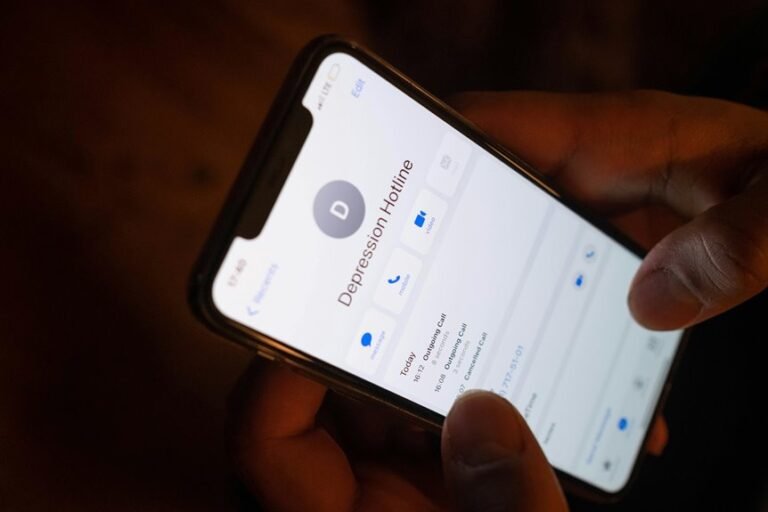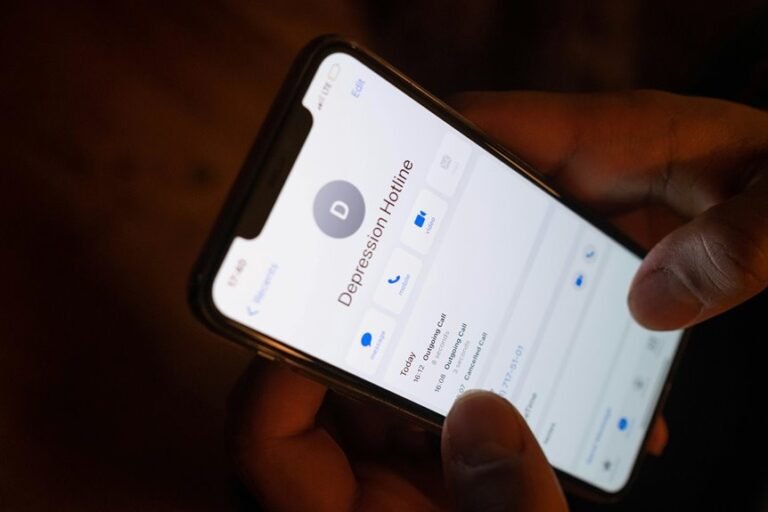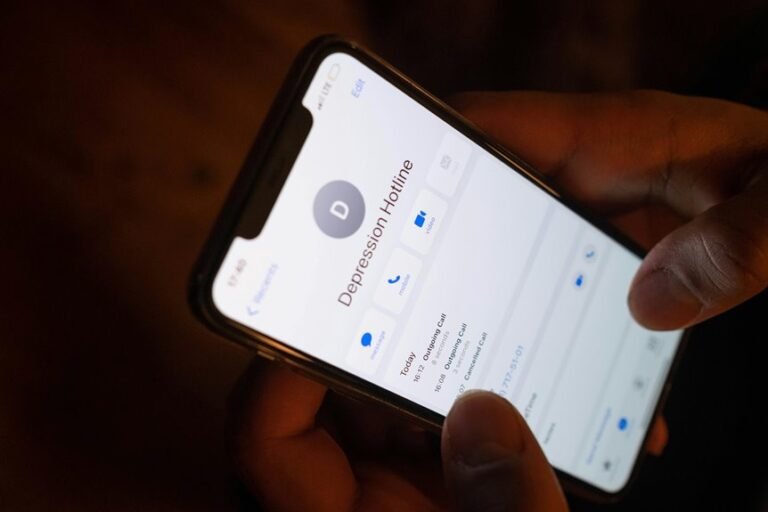Who Called Me From 8336561126, 8336561128, 8336691364, 8336742050, 8336841360, and 8336891144? Verify Now

Unfamiliar calls from numbers like 8336561126, 8336561128, and others can be concerning. They may originate from telemarketers or debt collectors using automated systems. Understanding their purpose is crucial for assessing legitimacy. Many individuals fall victim to scams due to a lack of verification. Exploring how to identify authentic callers and protect oneself from potential fraud is essential. What steps should one take to ensure their safety in such scenarios?
Understanding the Purpose of Unfamiliar Calls
Why do individuals receive calls from numbers they do not recognize? Such calls often originate from telemarketers, debt collectors, or automated systems seeking to engage with potential customers.
The use of unfamiliar numbers can obscure the caller’s intent, creating uncertainty. Understanding these call origins helps individuals navigate their communication landscape, allowing them to assert their freedom in choosing who to engage with.
How to Identify Legitimate Callers
Determining the legitimacy of a caller can be a challenging task, particularly in an era rife with scams and unsolicited communications.
Effective caller identification techniques involve verifying the caller’s number through reputable sources and assessing legitimate caller traits, such as professionalism and transparency.
Additionally, recognizing consistent communication patterns can further aid in distinguishing authentic callers from potential fraudsters.
Awareness is key in ensuring informed decisions.
Tips for Protecting Yourself From Scams
While the landscape of communication continues to evolve, implementing effective strategies to protect oneself from scams remains crucial.
Individuals should prioritize scam prevention by utilizing caller verification tools and maintaining skepticism towards unsolicited calls. Recording suspicious numbers and researching their legitimacy can significantly enhance personal security.
Additionally, educating oneself about common scam tactics fosters a proactive approach to avoid falling victim to fraudulent schemes.
Conclusion
In navigating the treacherous waters of unsolicited calls, vigilance serves as a sturdy vessel against potential scams. By scrutinizing the origins of numbers such as 8336561126 and its counterparts, individuals can differentiate between the siren calls of legitimate entities and the deceptive whispers of fraudsters. Employing caller verification tools acts as a lighthouse, guiding one safely through the fog of uncertainty. Ultimately, maintaining a healthy skepticism is essential for safeguarding personal information in an increasingly perilous communication landscape.





